IAM in Healthcare: Protecting Patient Data
February 27, 2024
|
Duration:
6
min READ

Identity and Access Management (IAM) plays a crucial role in the healthcare industry due to the challenge of managing sensitive patient data while maintaining operational efficiency. Between growing cybersecurity threats and strict regulatory and compliance demands, IAM is vital for healthcare organizations.
In this blog post, we'll explore how IAM bolsters cybersecurity, aids in regulatory compliance, and enhances operational efficiency for the healthcare industry.
How IAM protects patient data and bolsters cybersecurity
The healthcare industry is consistently a top target of cyber criminals due to the extremely sensitive nature of personal data that is handled by organizations. Here’s how IAM helps protect patient data and bolsters cybersecurity:
Role-Based Access Control (RBAC)
RBAC ensures that healthcare staff accesses only the data necessary for their specific roles. For instance, while a physician might need access to complete medical records, a billing clerk might only need access to administrative data. This minimizes the risk of accidental data exposure. By streamlining access based on roles, RBAC also reduces the complexity of managing individual user permissions which increases operational efficiency.
Multi-Factor Authentication (MFA)
MFA adds an extra layer of security, requiring users to provide two or more verification factors to gain access to healthcare systems. This significantly decreases the likelihood of unauthorized access, protecting sensitive data from potential breaches.
User Activity Monitoring and Auditing
IAM systems offer continuous monitoring and auditing of user activities. This allows for the immediate detection of any unusual or unauthorized access attempts, enabling quick responses to potential security threats.
Contextual and Adaptive Authentication
Adaptive authentication tailors security measures based on context, such as login location or device, enhancing security without compromising user convenience. By adjusting authentication requirements in response to assessed risks, it provides an agile security mechanism that aligns with the dynamic nature of healthcare operations.
The role of IAM in maintaining regulatory compliance
In an industry governed by strict regulations, such as HIPAA, IAM plays a vital role in ensuring compliance and avoiding hefty penalties. Here’s how:
Audit Trails and Real-Time Reporting
IAM solutions provide detailed audit trails and reports, which are critical for compliance purposes. These reports document who accessed patient data, when, and for what purpose, facilitating transparency and accountability. These logs also offer insights into user behavior and system usage, facilitating better resource allocation and system improvements.
User Access Reviews and Certifications
Regular reviews and certifications of user access are part of many regulatory requirements. IAM automates these processes, ensuring that all users have appropriate access rights based on their current roles and responsibilities.
Compliance and Policy Management
IAM helps in enforcing policies that are compliant with healthcare regulations like HIPAA, ensuring that the organization adheres to legal standards. By centralizing policy management, IAM ensures consistent application of security policies across the organization.
Increasing operational efficiency and streamlining processes with IAM in healthcare
IAM significantly enhances operational efficiency in the healthcare sector by streamlining various processes:
User Lifecycle Management
This feature ensures that access rights are appropriately assigned and revoked in correlation with staff changes, role updates, or departures, keeping access privileges current and secure. Automating the process of granting, adjusting, and revoking access saves time and reduces administrative burdens, increasing operational efficiency. Learn how a children’s hospital saved 2,600 hours a year automating user provisioning and de-provisioning.
Single Sign-On (SSO)
SSO admits healthcare professionals to access multiple applications with one set of login credentials, greatly reducing the time spent on logging in to different systems and improving user experience. By simplifying the login process, SSO enhances user satisfaction, leading to better productivity and reducing the risk of password fatigue.
Improved Data Accessibility and System Integration
IAM solutions can integrate with existing healthcare systems, like Electronic Health Records (EHRs) and billing software, to facilitate a seamless workflow and enhance efficiency without compromising security. Ensuring that healthcare professionals have timely access to the data they need leads to better coordination of care as information flows more efficiently between different departments.
In Conclusion
The implementation of IAM in the healthcare industry is a requirement in today’s technology landscape. From safeguarding patient data and ensuring compliance with regulations like HIPAA to enhancing operational efficiency and cybersecurity, the features of IAM address the challenges faced by healthcare providers.
By adopting robust IAM solutions, healthcare organizations can not only protect sensitive data but also streamline their operations, ultimately leading to better patient care and a more secure healthcare environment. As technology continues to evolve, the role of IAM will become increasingly central, solidifying its status within the healthcare industry.
Authors
No items found.
Workforce Identity
Advisory
Healthcare
.svg)





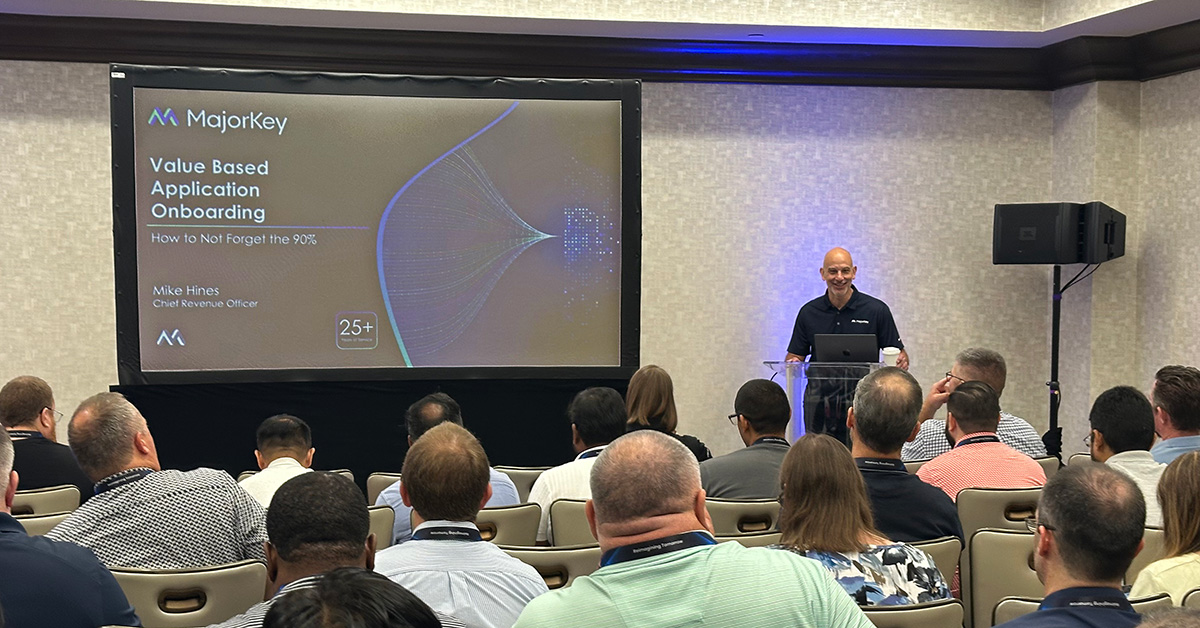



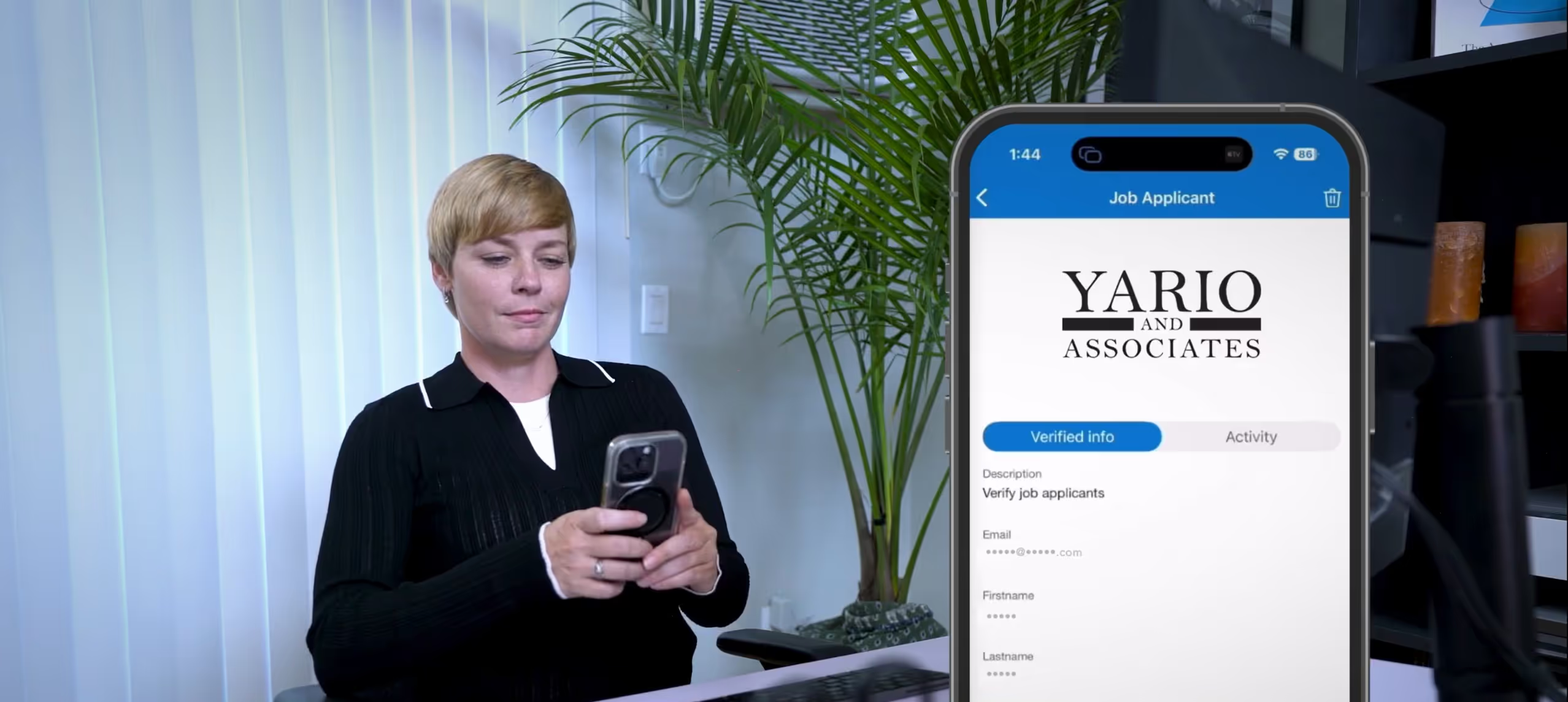



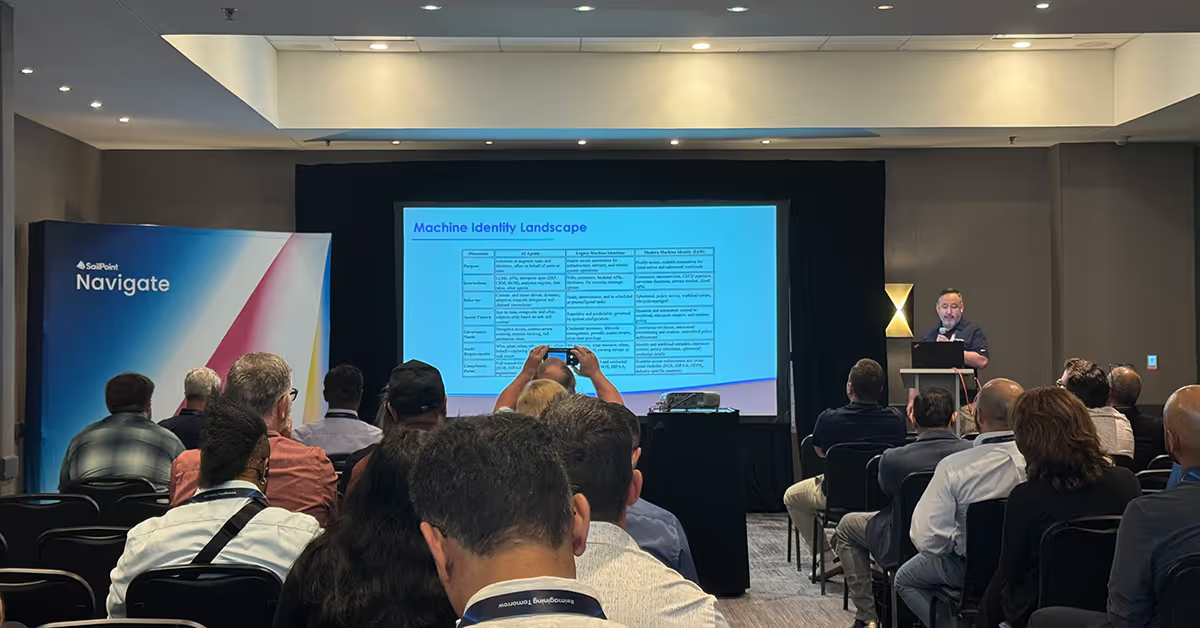
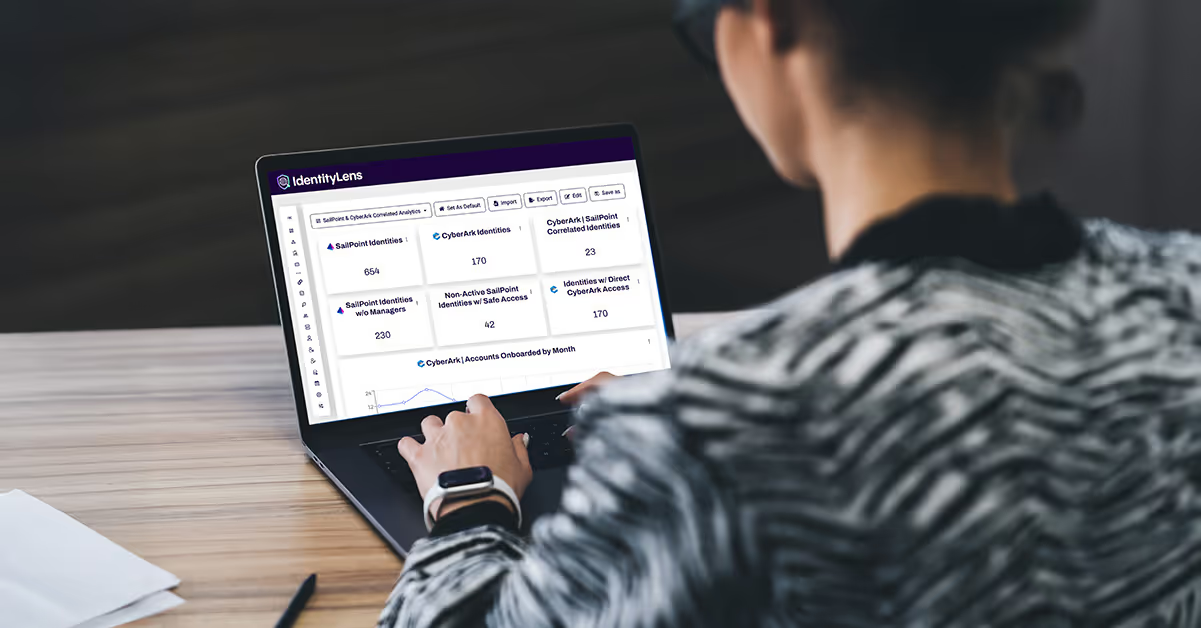
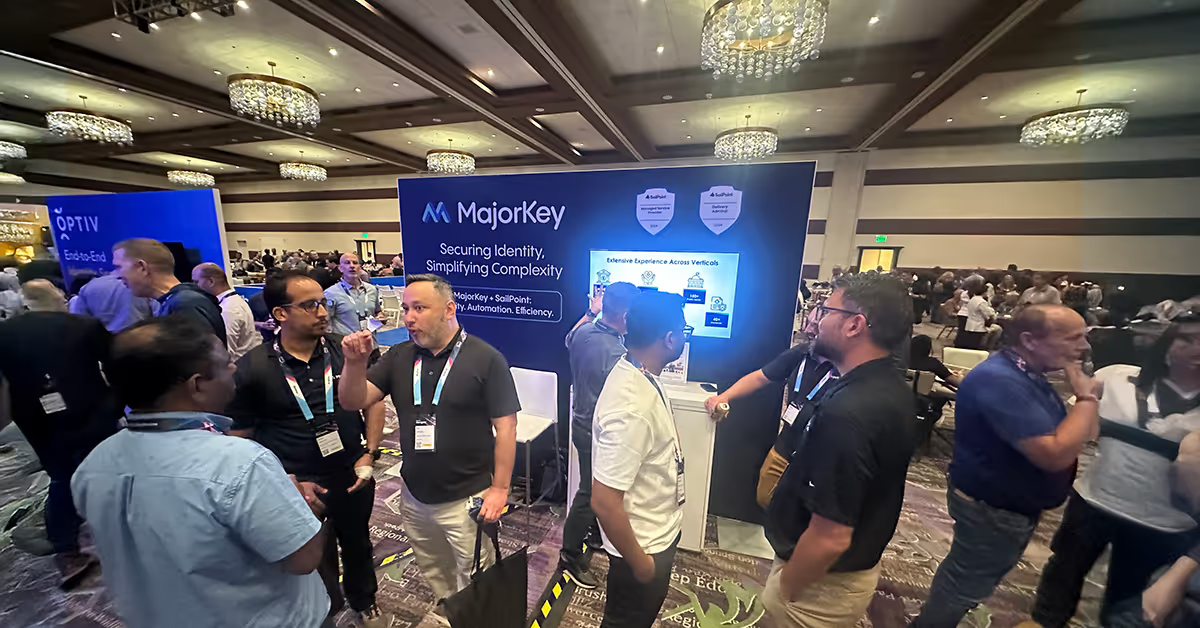



.svg)
